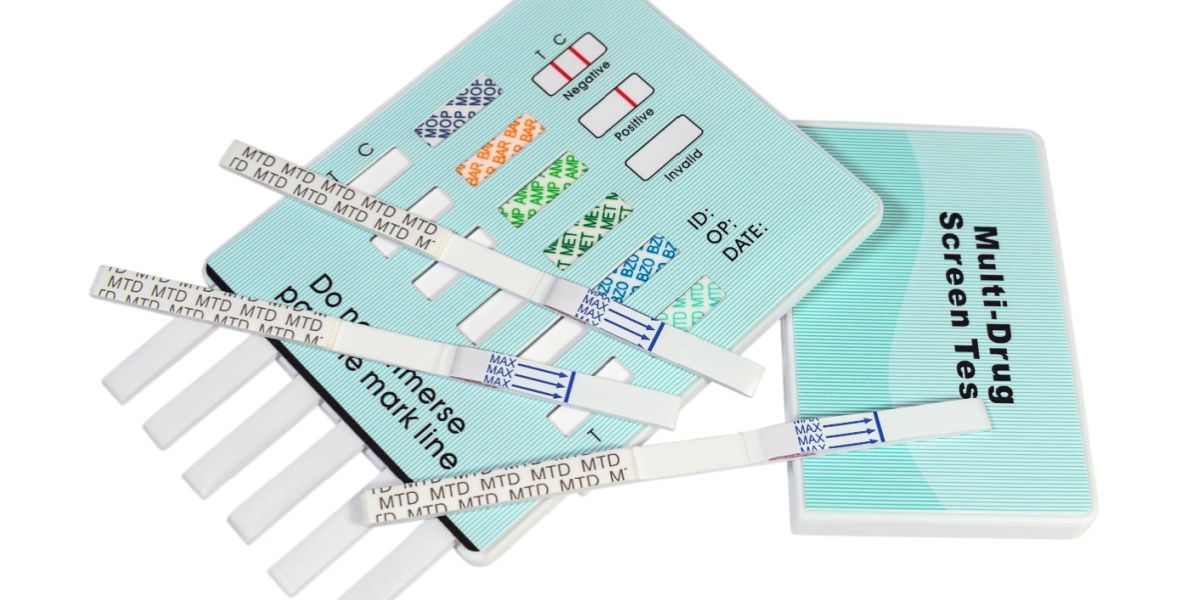Codeine is a form of prescription opioid painkiller that is used to treat those suffering from mild to moderate pain and can be addiction-forming when abused.
- Codeine is readily available in most pharmacies with a prescription and is widely considered to be non-addictive due to its low dosage. However, Codeine is an opioid base painkiller that is chemically similar to addictive opiates such as hydrocodone or morphine
- When someone has developed a dependence to codeine, stopping use abruptly (going cold turkey) can lead to uncomfortable and painful withdrawal symptoms presenting themselves
- Occasionally, other opioid drugs such as suboxone can be used in place of codeine to successfully taper off the drug and remove it from the system
.jpg?v=1756808574)
Understanding codeine
Codeine is an opioid medication that is similar to morphine but less potent. It is widely used and is commonly abused. Due to its abuse potential, codeine is a Schedule II controlled substance, though it is often prescribed as acetaminophen with codeine, which is Schedule III. It is typically only available in the US with a prescription, it can be purchased over the counter in other countries. [1][2]
Codeine is only available as an immediate-release tablet in 15, 30, and 60 mg strengths in the US, but in other countries, it is also available as a controlled-release capsule in 50, 100, 150, and 200 mg strengths, and as an oral concentration. It is available under several different brand names and in various combination medications, with substances such as chlorpheniramine, promethazine, and guaifenesin. [3][4]
What is codeine used for?
Codeine is prescribed for mild to moderately severe pain and can be used as a short-term, long-term, or as-needed (PRN) treatment. It is also sometimes used off-label to treat coughs, restless leg syndrome, and persistent diarrhea. [1][3]
The potency of pain relief from codeine can vary depending on the mg strength and what other substances it is mixed with (paracetamol, for example). Codeine is also a primary ingredient in Tylenol alongside acetaminophen. A typical dose of codeine is 15-60mg every four hours as needed, with no more than 360mg in 24 hours. [1]
Effects of codeine abuse
Codeine is readily available in most pharmacies with a prescription and is widely considered to be non-addictive due to its low dosage. However, Codeine is an opioid base painkiller that is chemically similar to addictive opiates such as hydrocodone or morphine. This means that abusing codeine in higher than recommended doses or for long periods of time can lead to a dependence on the substance forming.
Codeine reacts with the opioid pain receptors in the brain which block pain and make the user feel relaxed. Abusing codeine enhances this reaction and causes the following effects:
- Euphoria
- Apathy
- Drowsiness
- Relaxation
Though people who abuse codeine will often assume it is relatively harmless due to its wide availability; taking large doses can cause opioid overdose, resulting in respiratory failure, coma, and in some cases death. The likelihood of a codeine overdose is heightened when the user takes other substances with it, such as central nervous system (CNS) depressants such as alcohol or benzodiazepines.
It is important to understand that taking too much codeine with acetaminophen can also be dangerous because acetaminophen dosage should not exceed 4g/day. Acetaminophen carries the risk of liver toxicity. This can lead to an increased risk of severe codeine side effects.
Lean: Codeine purple drink
Lean, also known as purple drank, syrup or sizzurp, is a recreational method of taking codeine in large quantities by mixing prescription-grade cough syrup with fizzy beverages and soft drinks, such as Sprite or Mountain Dew, and hard candy for sweetness. Diluting cough syrup (codeine) in this way causes the effects of the drug to come on faster and dramatically increases the potency from the recommended dose. Codeine has a half-life of 3 hours and is eliminated in the urine. Taking large doses all at once can easily overwhelm the body.
Addiction to codeine
Like other opioid painkillers, continued abuse of codeine can lead to dependence or addiction. Whether someone is addicted or has codeine dependence is assessed through a set of 11 criteria outlined in the DSM-5 that measure the negative impact codeine abuse is having on the user's life. These criteria include: [1]
- Hazardous use
- Social or interpersonal problems related to substance use
- Neglected major responsibilities to abuse substances
- Experiencing withdrawal symptoms when stopping use
- Developing a tolerance
- Using larger amounts
- Repeated attempts to quit or control use and failing
- Excessive time spent using
- Physical or psychological problems related to abuse
- Activities replaced by substance abuse
- Cravings
These criteria are measured on a spectrum of mild, moderate, and severe. Meeting 1-2 criteria is defined as mild, 3-5 moderate, and 6+ severe.[1]
The risks of addiction are greater with people who have a personal or family history of substance abuse, or mental illness such as depression. Special precautions should be taken for patients with a history of seizures as codeine addiction can increase the frequency and intensity of seizures.
Codeine withdrawal symptoms
Like with other opioid painkillers, codeine abuse can lead to dependence quickly as the brain rapidly develops a tolerance to the substance, and a need to take more to feel the effects leads to a physical dependence forming.
When someone has developed a dependence on codeine, stopping use abruptly (going cold turkey) can lead to uncomfortable and painful withdrawal symptoms presenting themselves. These symptoms are what often prevent people who abuse opioid painkillers from being able to quit abuse and are a telltale indicator of addiction.
Common symptoms of codeine withdrawal include:
- Headaches
- Insomnia
- Muscle aches
- Fever
- Nausea
- Vomiting
- Sweating
- Stomach pains
- Diarrhea
- Dehydration
- Depression
- Cravings
Codeine is less potent than other opioids such as hydrocodone and people do not tend to experience any life-threatening withdrawal symptoms (such as seizures). However, depending on a person's physical and psychological history, withdrawal symptoms from codeine can still be dangerous (if the person has a co-occurring disorder that may lead to diminished mental health, for example) and it is always recommended that a medically assisted detox be carried out to manage withdrawal.
Codeine detox
Quitting codeine abuse can be done cold turkey but can put the body and mind under considerable strain. It is recommended that a person with a codeine addiction attends a medically supervised detox in either an inpatient or outpatient treatment center.
This will ensure that any discomfort is kept to a minimum and can allow for a long-term treatment program to be developed to ensure ongoing recovery.
Some people have been able to successfully stop codeine abuse by tapering off the drug. This entails slowly reducing the amount of the drug taken over some time to mitigate withdrawal symptoms.
Occasionally, other opioid drugs such as suboxone can be used in place of codeine to successfully taper off the drug and remove it from the system. Even replacement drugs have the potential for abuse so it is advised that a tapering schedule be agreed upon with a medical or addiction professional and requires dedication to achieve sobriety.
Codeine addiction treatment
Due to the ready availability of codeine, the potential for abuse, dependence, and addiction is high. Some abuse codeine on its own for the euphoric effects or as part of polydrug abuse such as with alcohol or other opioid painkillers. If you or someone you know is suffering from a codeine use disorder, then contact an opioid addiction treatment provider today to see what options are available and begin the road to recovery.
Codeine faqs
Here are some frequently asked questions about codeine:
What is codeine used for?
Codeine is a form of opioid painkiller. It is used to treat moderate pain, often after injury or surgery. Occasionally, codeine will be prescribed when other forms of weaker pain relief medication are not working. It can also be used to treat diarrhea in some cases. It will often come in pill form or liquid as a prescription medication and sometimes administered via injection in hospitals.
How long does codeine stay in your system?
How long codeine stays in your system depends on multiple factors including what type of toxicology test is used. Click here to find out more about how long codeine stays in your system.
How much codeine is in Tylenol?
Codeine is one of the main active components of Tylenol. How much codeine is in Tylenol depends on the type and strength of Tylenol used. Click here to learn more about codeine and Tylenol.




-guide-detail.jpg?v=1722502184)
